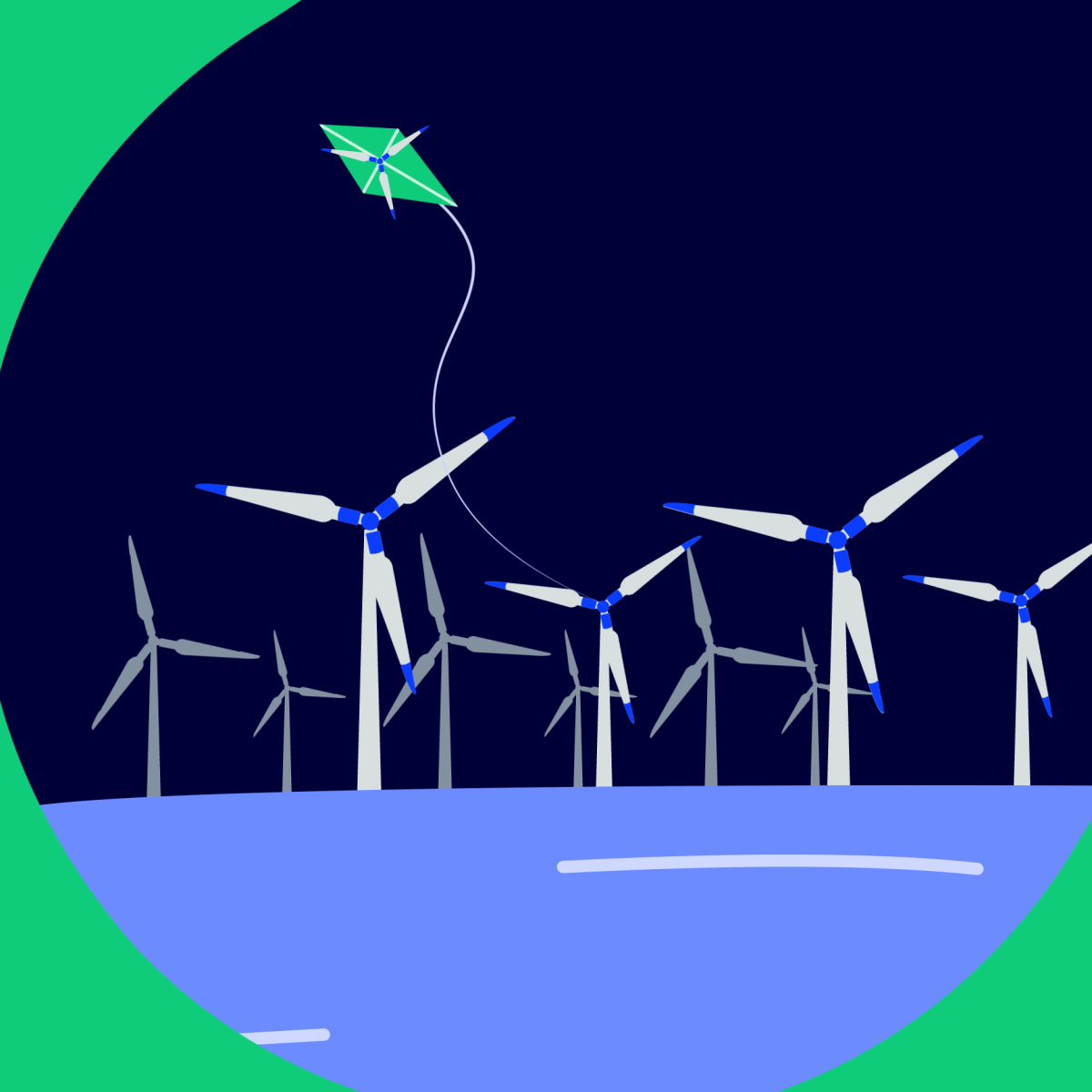
Introduction
In the quest for cleaner and more sustainable energy sources, wind power has emerged as a leading contender. Harnessing the power of the wind has proven to be a viable and renewable solution to meet our growing energy demands. In this article, we will explore the latest developments and prospects in wind power technology, showcasing the advancements that are propelling this industry forward.
Harnessing the Wind: How Wind Power Works
Wind power technology revolves around capturing the kinetic energy of the wind and converting it into usable electricity. This process involves the following key components:
Wind Turbines: These towering structures consist of rotor blades, a rotor hub, and a generator. The blades capture the energy of the wind, causing the rotor to spin. The spinning rotor then drives the generator to produce electricity.
Turbine Control Systems: Advanced control systems ensure optimal performance of wind turbines by adjusting the rotor speed, optimizing power output, and ensuring safe operation in varying wind conditions.
Power Grid Integration: The electricity generated by wind turbines is fed into the power grid, where it is distributed to homes, businesses, and industries.
Latest Developments in Wind Power Technology
1. Larger and More Efficient Turbines
Advancements in wind turbine design have led to the development of larger and more efficient turbines. With taller towers and longer blades, these turbines can capture more wind energy, resulting in increased power output. Furthermore, improved aerodynamics and materials have enhanced overall efficiency, making wind energy a more cost-effective solution.
2. Offshore Wind Farms
The expansion of wind power technology into offshore areas has gained significant momentum. Offshore wind farms take advantage of strong and consistent winds over the open sea, allowing for higher electricity generation potential. Floating turbines and innovative foundation designs are being developed to harness the vast wind resources in offshore locations, opening up new possibilities for clean energy production.
3. Smart Wind Farms
The integration of advanced technologies, such as artificial intelligence, big data analytics, and Internet of Things (IoT), is revolutionizing wind farm operations. Smart wind farms employ sophisticated monitoring and control systems to optimize turbine performance, predict maintenance needs, and improve overall efficiency. Real-time data analysis enables operators to make informed decisions and maximize power generation.
4. Hybrid Systems and Energy Storage
To address the intermittent nature of wind power, hybrid systems are being explored. These systems combine wind energy with other renewable sources, such as solar or hydroelectric power, and integrate energy storage solutions. By storing excess energy during high wind periods and releasing it during low wind periods, the reliability and stability of the power supply can be significantly enhanced.
Prospects for the Future
The future of wind power technology holds immense promise. Here are some key prospects:
Increased Efficiency and Cost Reduction: Ongoing research and development efforts aim to further improve turbine efficiency and reduce manufacturing and maintenance costs, making wind energy even more competitive in the global energy market.
Innovative Designs and Materials: Advancements in turbine design, such as vertical-axis turbines and bladeless wind converters, are being explored to optimize performance, minimize environmental impact, and expand deployment options.
Energy Transition and Decentralization: Wind power technology will play a vital role in transitioning to a cleaner energy mix and achieving carbon neutrality goals. The decentralization of energy generation through small-scale wind projects will empower local communities and enhance energy resilience.
International Collaboration: Global cooperation in research, knowledge sharing, and policy development will accelerate the growth of wind power technology worldwide, fostering sustainable energy systems on a global scale.
Conclusion
Wind power technology continues to evolve at a remarkable pace, offering an abundant and environmentally friendly source of energy. With ongoing advancements in
